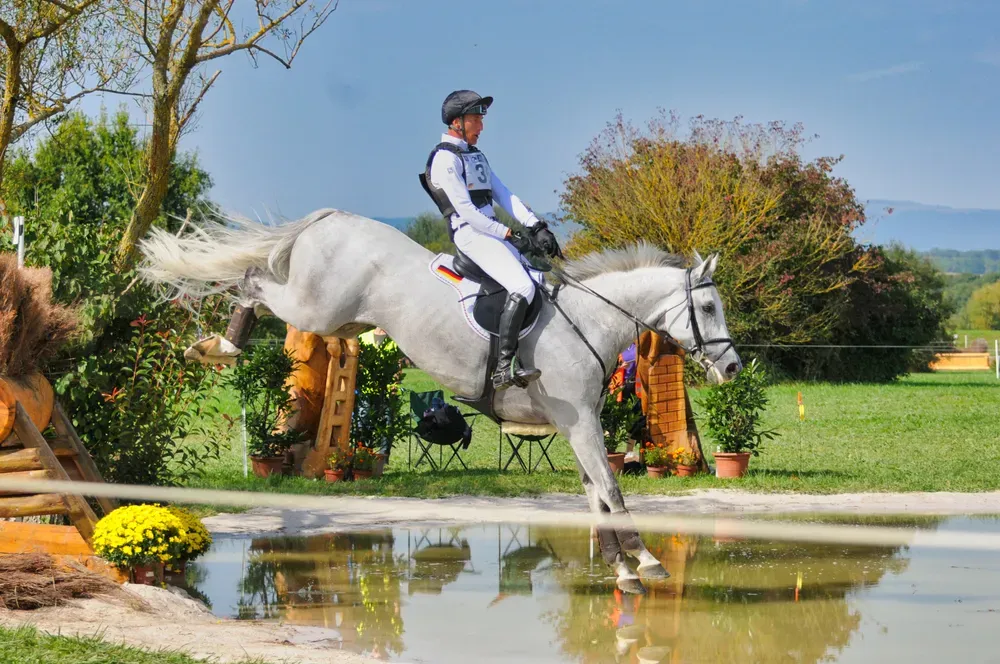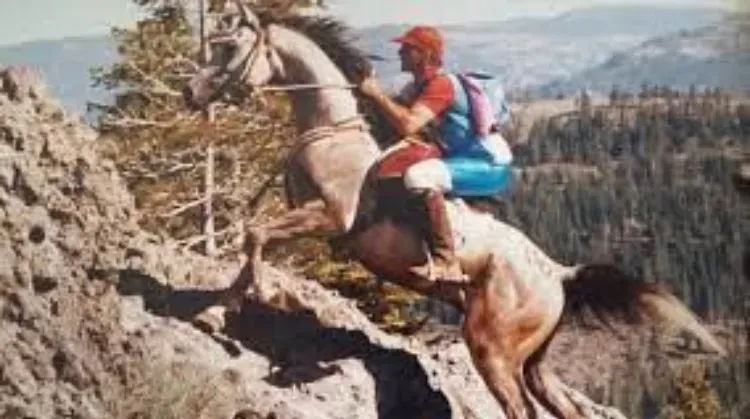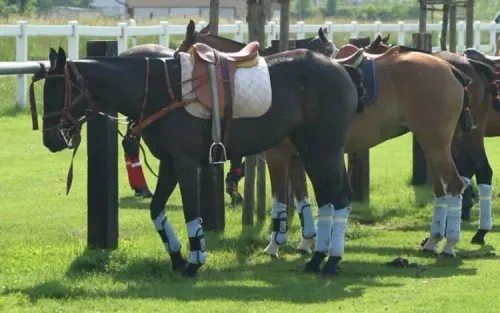
If your horse does any of the following he might have insufficient salt in his diet:
- Eating dirt
- Licking dirt
- Chewing objects like folk handles that have human sweat on them
- Licking human skin.
Salt contains Sodium and Chloride
Sodium and chloride are essential for maintaining your horse’s bodily functions but salt can not be obtained from grass, hay, or grain. Now let’s consider the physical signs of a horse with salt deficiency. These flags could be any of the following:
- Dehydration and a lack of sweating when exercised
- Lethargy and reduced appetite
- Poor muscle coordination
- Developing RER when exercised
- Lowered milk production in lactating mares
- Excessive head shaking when ridden.
Exercise and the Heat of the Day affect your Horse’s Salt Need
Normally your horse needs 1 to 2 ounces of salt a day. This will increase to 4 to 6 ounces when your horse is involved in high-performance activities or kept in a hot country.
Different Ways of providing Salt for your Horse
Here are the ways of adding salt to your horse’s diet:
- A salt block
- Loose salt in mineral feeders
- Salt added to hard feeds.
Normally your horse will take his requirements from a salt block but he may prefer loose salt. High-performance horses engaged in activities like endurance, polo and eventing will do best if salt is also added to their feed.

Eventers Horses
Eventers are supreme athletes and need to replace lost salt through sweating.

Endurance Horses
Endurance horses are also performing at high exertion levels and need to replace lost salt.
What type of Salt do I need if I don’t use a Salt Block
You will need NaCl, iodized table salt. This is plain white salt and it is cheap to buy. If your horse is not used to salt add this slowly so he becomes accustomed to the change and remember to always provide clean fresh water.

Article Suggestion
Recognise Recurrent Exertional Rhabdomyolysis (RER) and Save your Horse’s Life
